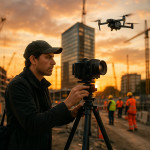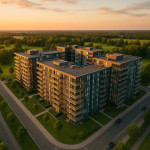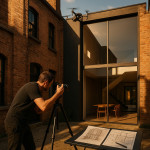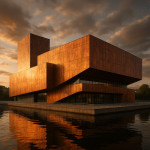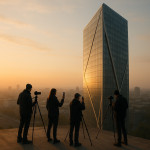Licensing landmark architecture photos: navigate rights, brands, tourist flow
Landmark architecture excites viewers, sells products and drives tourism. Yet turning those iconic façades into income demands more than a sharp eye: you must master licensing landmark architecture photos, juggle brand needs, and respect public flow. This guide walks you through every legal, creative and logistical checkpoint so you can monetize safely and confidently.
Why licensing landmark architecture photos matters for photographers and brands
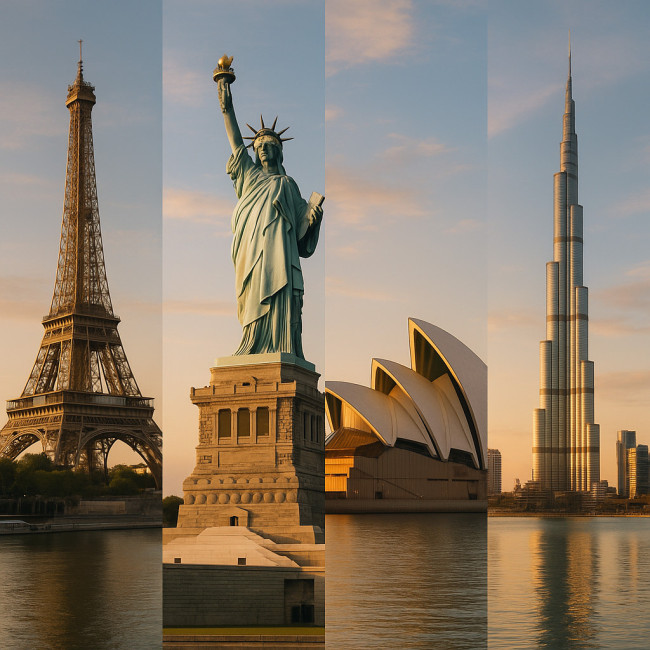
From ad agencies launching global campaigns to publishers filling glossy travel spreads, brands crave images that spark instant recognition. Iconic buildings deliver that punch—if usage rights are watertight. Missteps can mean takedown notices or costly settlements. Licensing landmark architecture photos correctly:
- Protects you from claims under architectural copyright and trademark law.
- Assures brands that campaigns will not be pulled mid-flight.
- Boosts your rates; exclusive rights over a famous skyline command higher fees.
Public space does not always mean public domain
Many landmarks are privately owned or trademarked. Even when photographed from a public sidewalk, you may still need a property release for commercial use. Check ownership databases, city permit offices and each landmark's official website before pitching images.
Understand copyright and property intersections
When does architecture attract its own copyright?
The rule of thumb: if the building was completed after 1990 in the United States (post-1990 Architectural Works Copyright Protection Act), or within the local copyright term in Europe or Asia, the design may be copyrighted. That copyright belongs to the architect or rights-holding firm, not the photographer. Editorial use is often tolerated; commercial use normally requires additional clearance.
| Region | Copyright term | Key exception |
|---|---|---|
| USA | Life of architect + 70 years | Photographs from a public place allowed for editorial |
| EU | Life + 70 years | “Freedom of Panorama” varies by country |
| Japan | Life + 70 years | Commercial use needs architect's consent |
| Australia | Life + 70 years | Panorama freedom covers both uses |
Need a deeper legal briefing? Our architecture photographer hiring checklist details permit workflows that keep teams on schedule and within the law.
Commercial, editorial or souvenir? Pick the right license category
Photo libraries and direct clients usually sort landmark imagery into three licensing buckets. Mis-categorising the shot is a top reason for disputes.
| License type | Typical buyers | Permits needed | Average fee (EUR) |
|---|---|---|---|
| Editorial | News outlets, textbooks | None beyond photographer copyright | 50-150 |
| Commercial | Brand ads, product packaging | Property release, trademark OK | 300-2 500 |
| Souvenir/merch | Postcard firms, décor brands | Extended property release | 500-5 000 |
Shoot logistics: balance perfect angles with tourist flow
Each landmark attracts crowds and security staff. Smooth operations hinge on timing and empathy.
- Dawn access: Negotiate an early window before ticketed entry opens. You gain empty plazas and soft light.
- Compact kit: Travel tripod, tilt-shift lens, permits and high-vis vest. Anything bulkier annoys security.
- Respect lines of movement: Mark “no-stand zones” on your floor plan so assistants never block emergency paths.
- Leverage drones legally: Study altitude caps and flight curfews. Our guide on drone workflows for architecture covers optimal trajectories and insurance.
Source : Getty Images Price Calculator
Workflow checklist: from permit to signed license
- Scout intelligently: Use apps such as SunCalc and our site-scouting guide to map vantage points.
- Confirm permissions: Contact landmark management for location fees and time slots.
- Capture with precision: Produce multiple focal lengths to future-proof layout needs.
- Post-production consistency: Align perspectives; fix chromatic aberration. Dive deeper with our post-production roadmap.
- Draft license terms: State media, territory, duration, exclusivity, print run and indemnity.
- Deliver files & get sign-off: Provide layered TIFFs plus usage certificates.
Case study: brand-safe Eiffel Tower night shots
The Eiffel Tower's daytime structure is public domain, but its night lighting design is copyrighted. A beverage brand planned a billboard featuring the illuminated tower. We secured:
- A Société d'Exploitation de la Tour Eiffel lighting release (fee €1 200 per 12-month campaign).
- City hall filming permit (€600, two hours)
- Private rooftop access to avoid crowd disruption (€400)
Total licensing cost before photographer fee: €2 200. The brand avoided potential fines of €30 000 for unlicensed use.
Quiz: Know your landmark licensing essentials
FAQ
- Do I need a property release for every landmark?
- No. Structures in the public domain and countries with broad Freedom of Panorama may not require one. Always verify local laws and the building's ownership.
- Can I rely on Creative Commons photos of landmarks for commercial campaigns?
- Only if the CC license permits commercial use and the photographer obtained all necessary property releases. Otherwise, liability shifts to you.
- What if tourists appear in my shot?
- If individuals are recognisable and the photo is for commercial use, secure model releases or use editing to anonymise them.
- Where can brands find pre-cleared landmark images fast?
- Browse the Artfolio architecture photographer directory. Listings flag photos with existing permits, cutting turnaround time.
Take the next step
Licensing landmark architecture photos yields high fees when your paperwork is bulletproof. Ready to pitch clients with confidence? Explore pre-cleared portfolios, refine your own, and turn every skyline into revenue.
